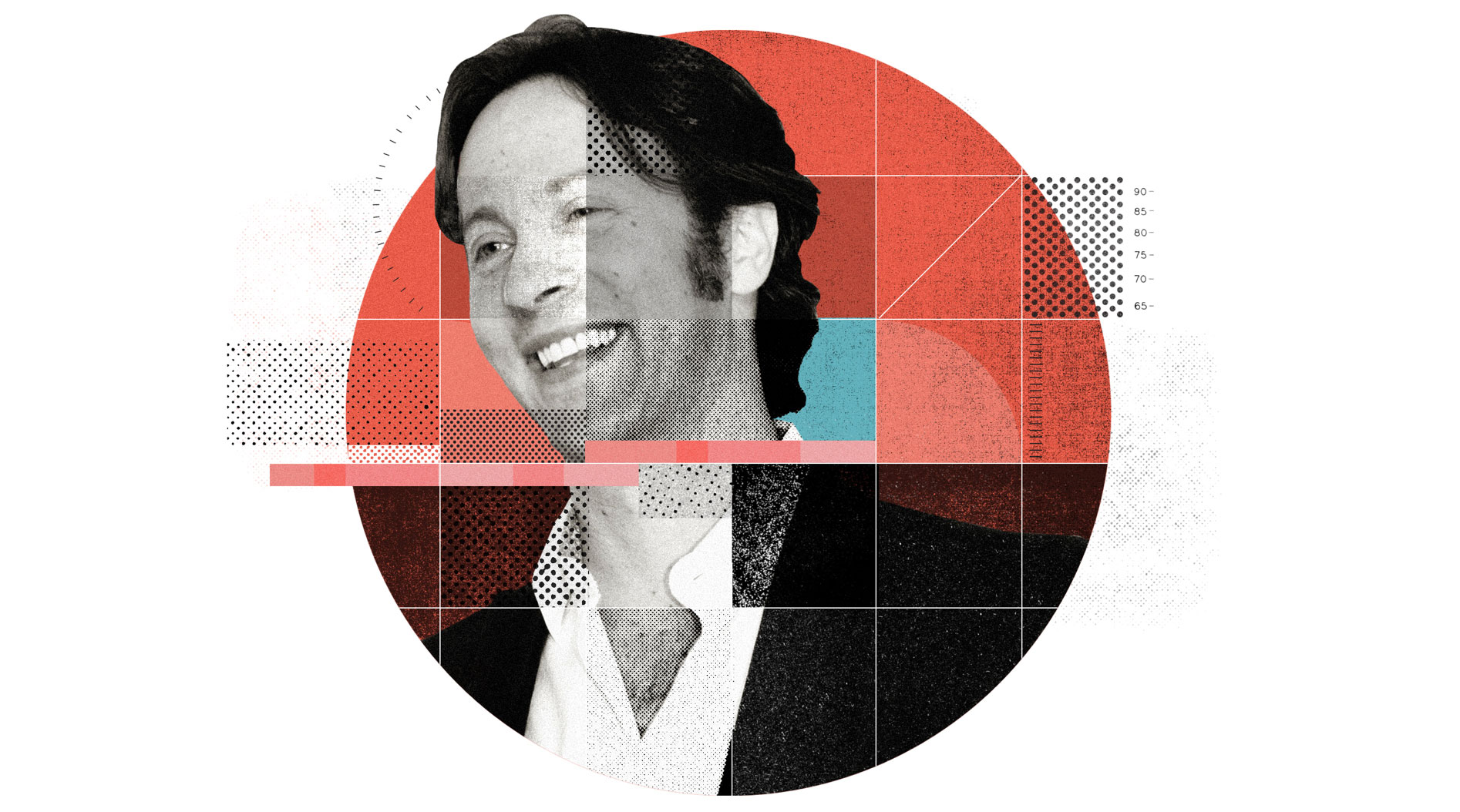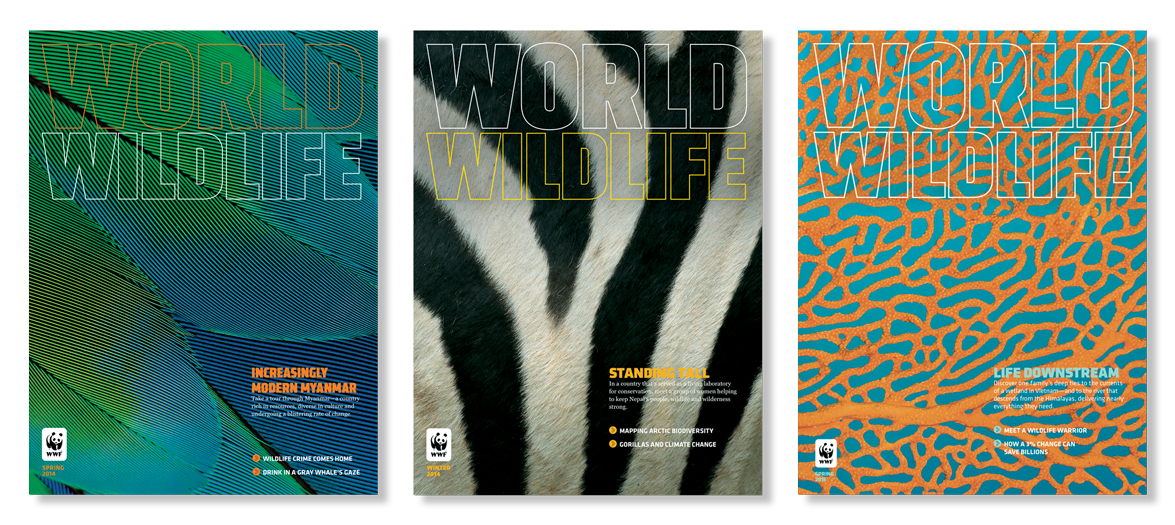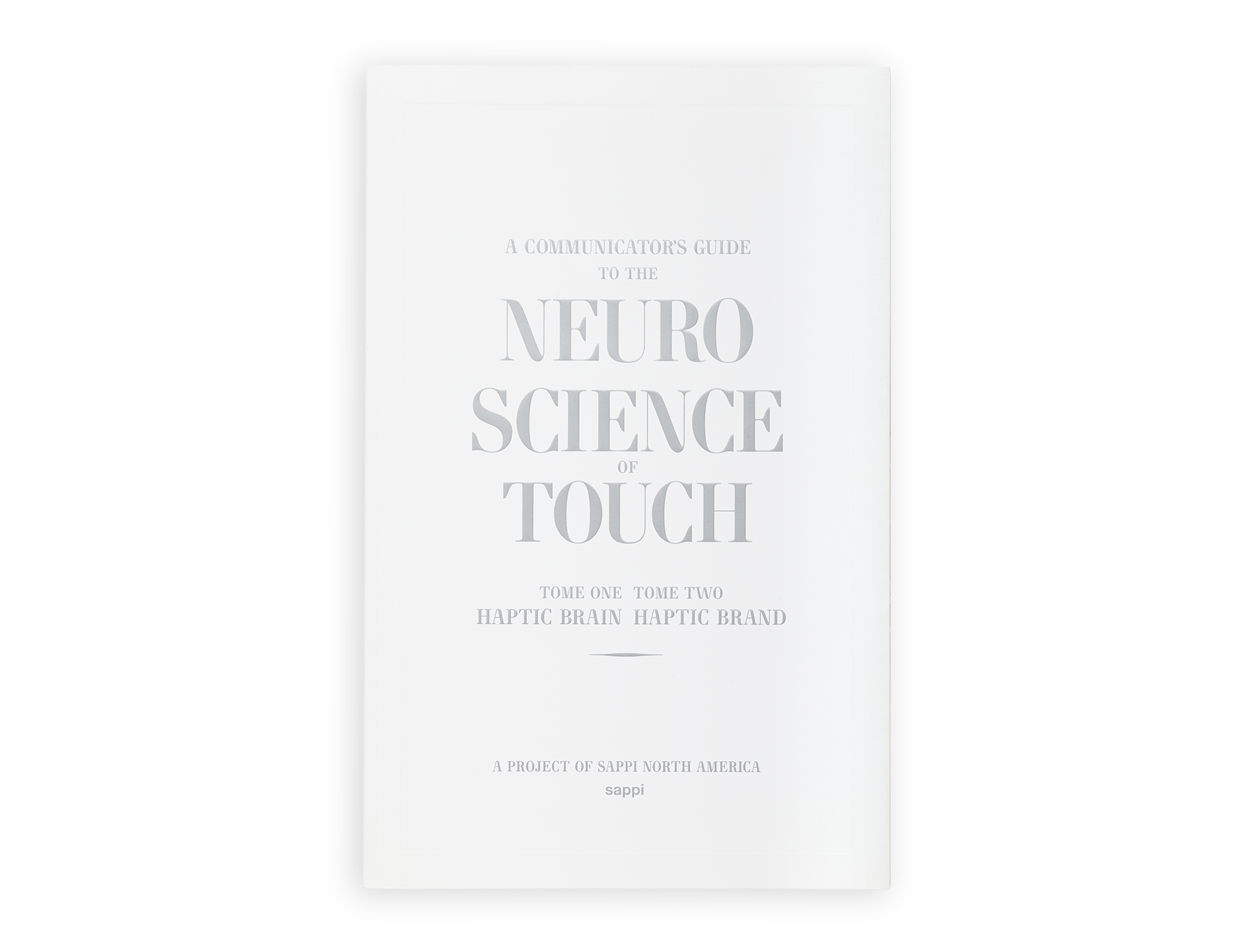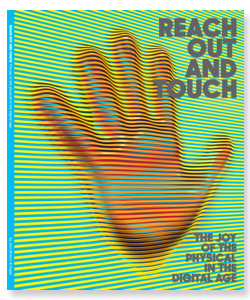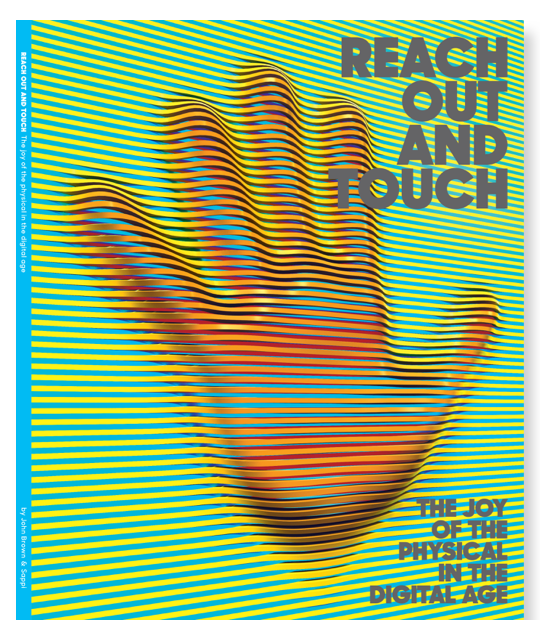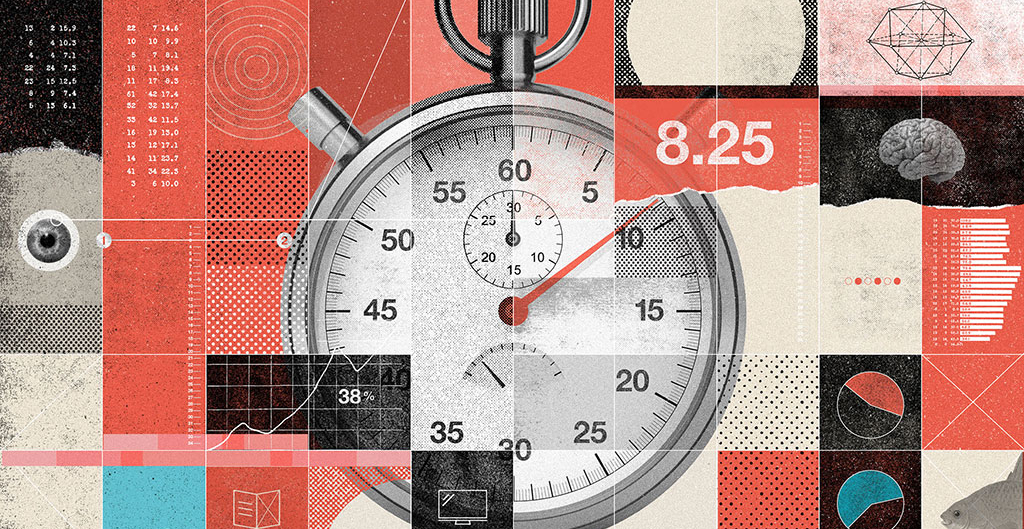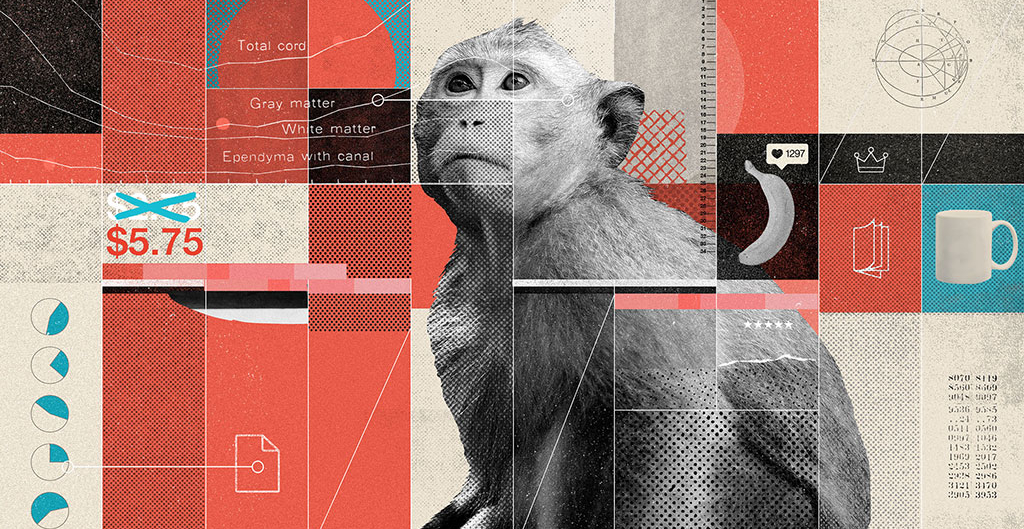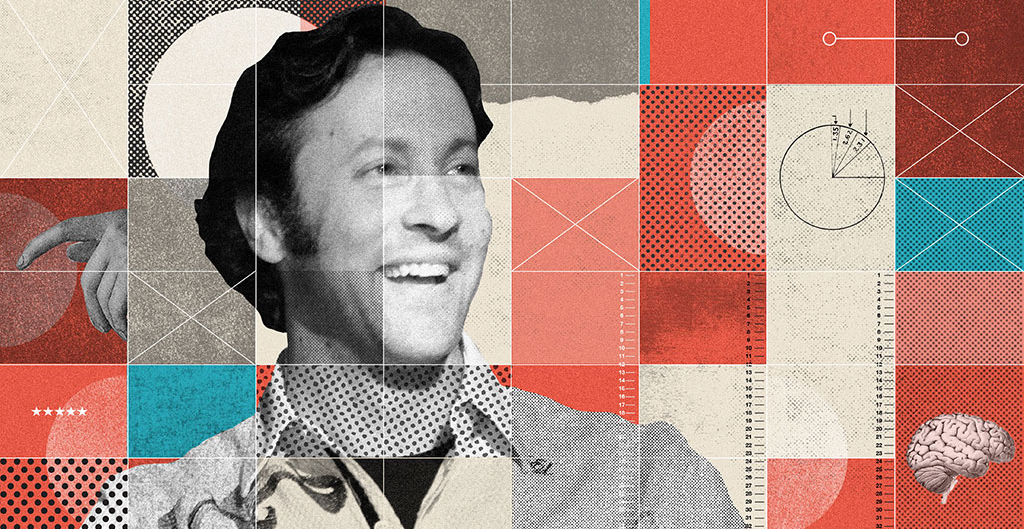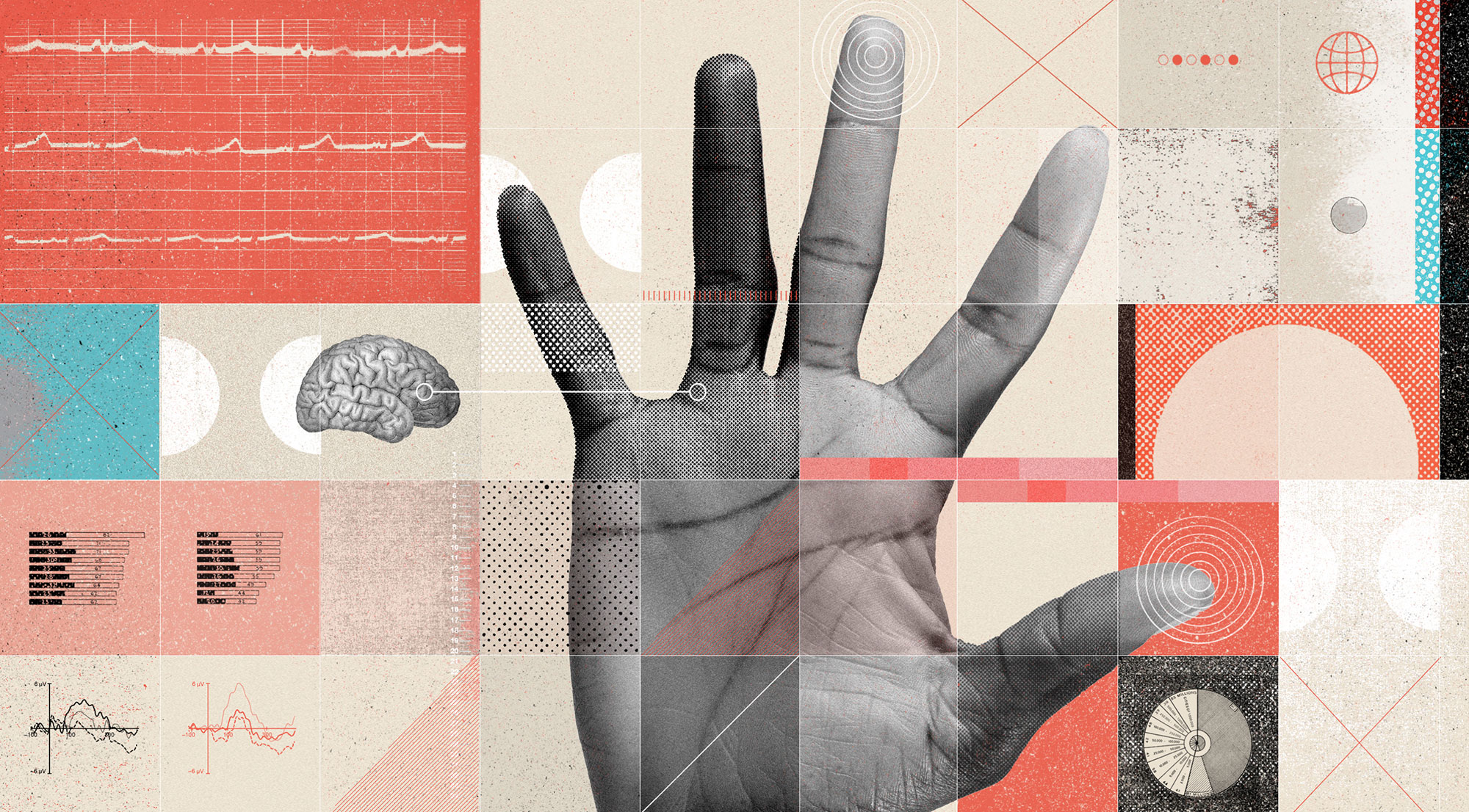
Standing out in a cluttered digital marketplace is no easy feat. The answer? Give your digital marketing a hand.
Of our five senses, touch is one of the most important. It dictates how we perceive the world around us, influencing emotion and decision making. Incorporating this underutilized sense into your marketing strategy just makes, well, sense. Here’s why: Touch triggers a reaction. We begin to feel like we own whatever is in our hands, and research shows that makes us value it more.
